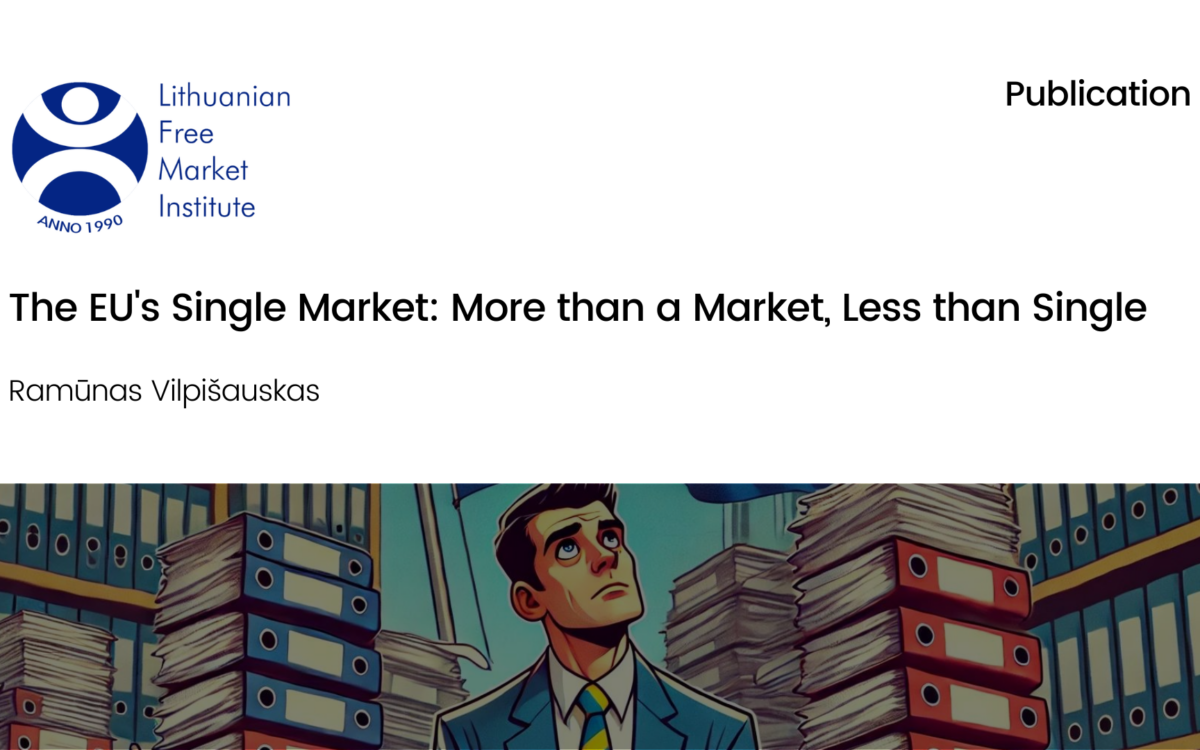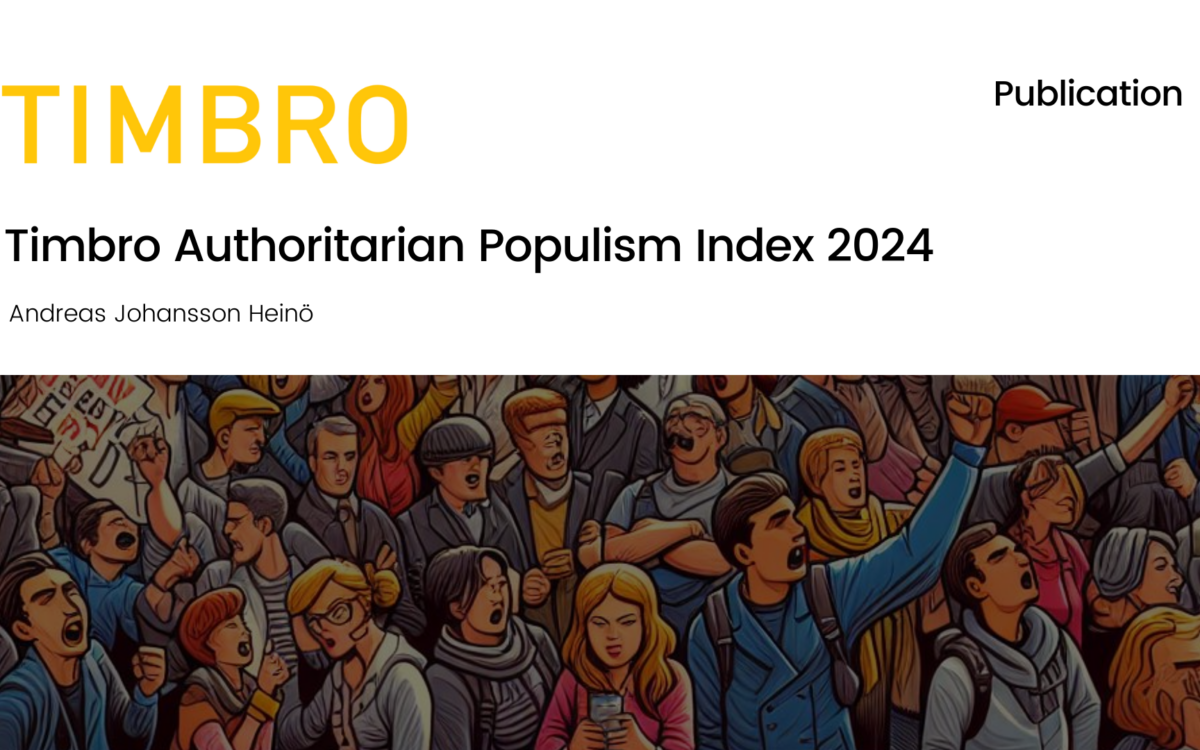Tailoring the Work and Leisure Trade-off

Tailoring the Work and Leisure Trade-off
04 July 2019
Legal interventions in hiring and firing practices are often referred to as employment protection legislation that include working hours, health and safety requirements. The extent of legislative intervention and its quality significantly affects the functioning of the labour market.
Studies show that rigid employment protection legislation may result in higher unemployment because firms are deterred from hiring, also a reduction in productivity because of decreased labor mobility between sectors and it increases the duration of unemployment. More rigid employment protection reduces labour flows and labour turnover with tenures in both jobs and unemployment lasting longer. Empirical literature finds that more flexible EPL raises productivity. By raising productivity and ultimately wages, more flexible employment protection legislation could encourage more people to seek work in the long run and thus raise employment rates.
The World Bank reports that laws created to protect workers often hurt them and that more flexible labour regulations boost job creation. Due to rigid regulations female workers and low-skilled workers often lose out being denied job opportunities. Rigid employment protection generally tends to protect incumbent workers rather than providing incentives for new employees to enter the labour market. Nor does rigidity promote job creation or neither incentivizes reducing unemployment.
Where barriers to hiring are high, labour stays in unproductive sectors resulting in less job creation and a loss of competitiveness. Moreover, rigid employment regulations tend to force the labour force into the informal sector. Therefore, the negative impact of rigid regulations becomes particularly evident in cases where employers lack labor force. In this case, not only is it difficult for new employees to enter the labor market, but also the employer’s productivity is reduced, the incentives for job creation are reduced, which may harm the state’s economy and the employees themselves. In cases of labor force shortage, employers tend to compete with each other for the employees, creating better conditions for employees to make the workplace more attractive. Therefore, the individual interests of the employees are secured best when the employers compete between themselves, and legal restrictions mean untapped opportunities for both sides of the employment relationship.
Download or share this publication
View the PDF
EPICENTER publications and contributions from our member think tanks are designed to promote the discussion of economic issues and the role of markets in solving economic and social problems. As with all EPICENTER publications, the views expressed here are those of the author and not EPICENTER or its member think tanks (which have no corporate view).



